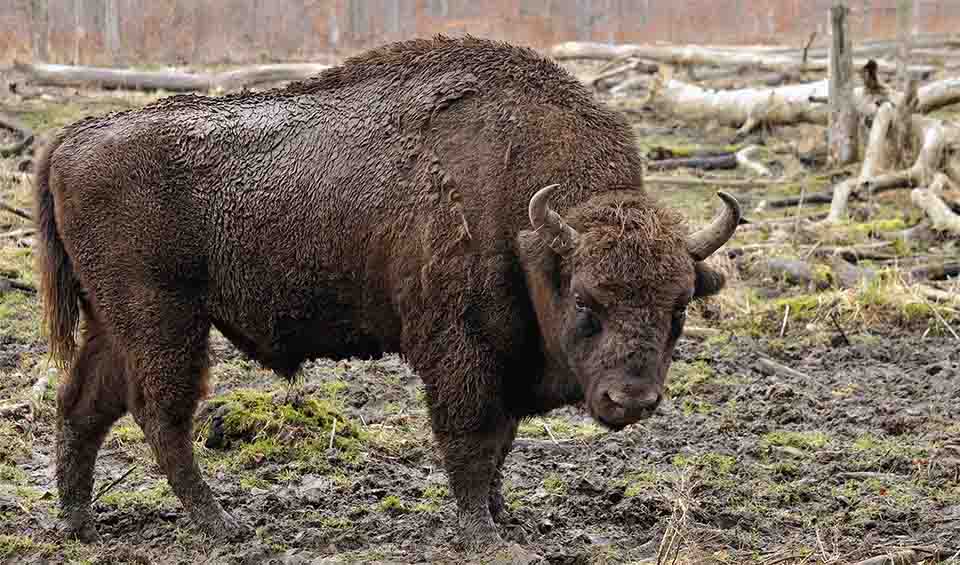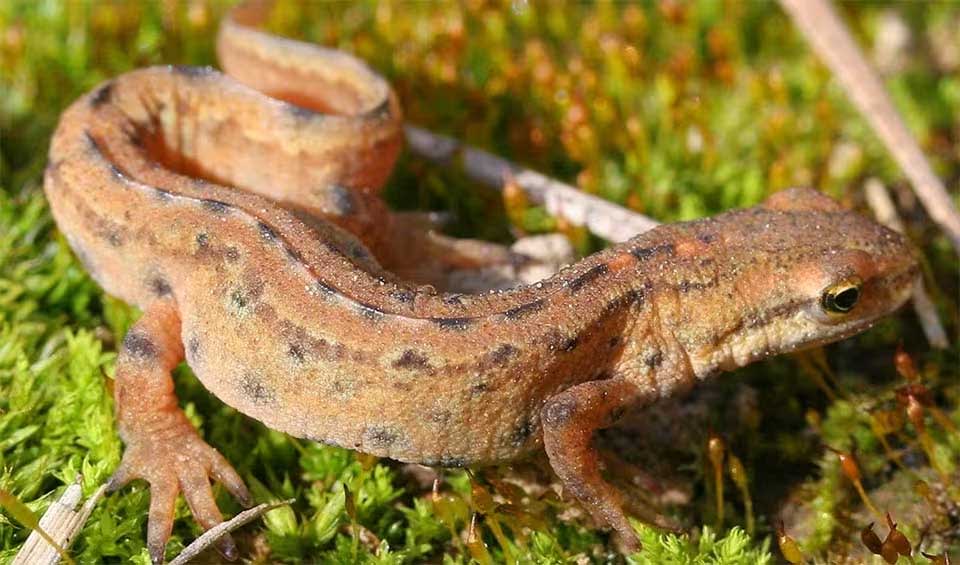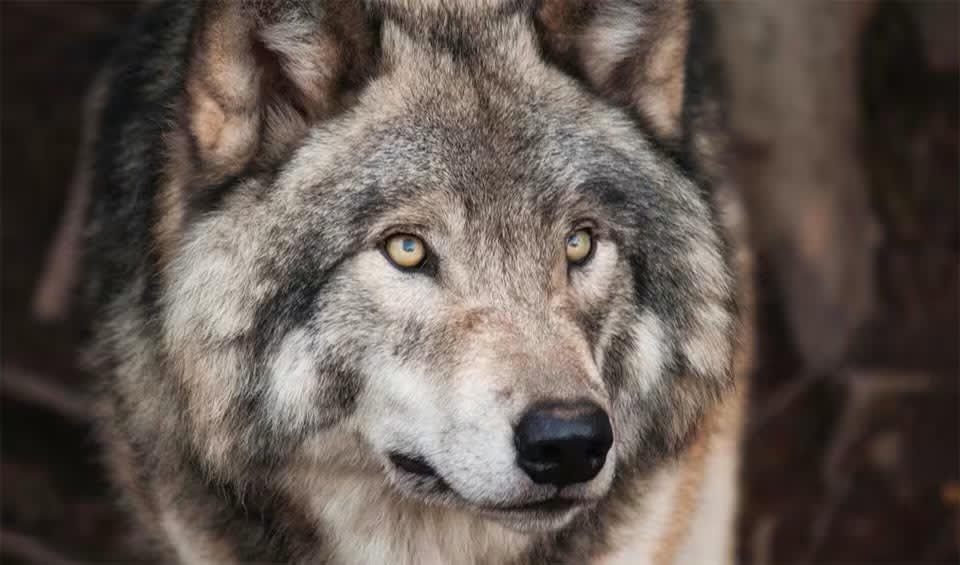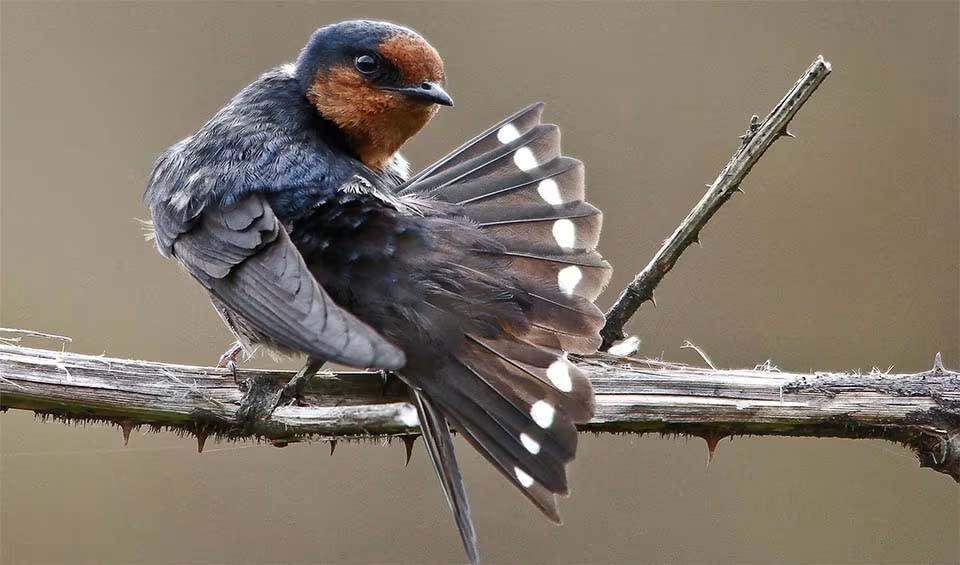Estonia, the smallest and northernmost state among the Baltic States, exhibits a unique geographical makeup, being both partially continental and comprised of approximately 1500 marine islands, 80% of which are small in size. Notably, compared to other European regions, Estonia has managed to maintain a relatively high proportion of its natural environment, owing in part to traditional agricultural practices. However, significant habitat destruction, particularly during the Soviet era, occurred later relative to many European areas. The Estonian landscape reflects a blend of natural development and human influence, notably through farming activities. It features two distinct climatic biogeographical regions: a maritime zone in the west with direct access to the Baltic Sea and a continental zone in the east, with an intermediary transition zone termed “Estonia intermedia.”
Additionally, Estonia’s geological composition is marked by two distinct types of base rocks—Silurian limestone predominantly in the north due to alkaline soil, and Devonian sandstone prevalent in the south owing to acidic soil. Topographically, the landscape exhibits variations in altitude, with lower Estonia characterized by its influence from the sea and local glacial lakes, resulting in a flatter, densely wooded, and marshy terrain. The country hosts wetlands of international significance, serving as crucial habitats for waterfowl, some of which are under protective measures.
Four pillars elaborated:
Estonia prides itself on its diverse and meticulously maintained network of protected areas, which serve as custodians of the nation’s natural legacy. Among these notable sites are six national parks, each offering a distinct blend of landscapes and ecosystems, such as Lahemaa National Park’s coastal cliffs and ancient forests, and Karula National Park’s pristine forests and scenic lakes. Soomaa National Park stands out for its vast wetlands, subject to seasonal flooding, while Vilsandi National Park boasts a rich archipelago teeming with birdlife. Matsalu National Park serves as a vital refuge for migratory birds, while Alutaguse National Park features expansive forests and unique bogs. Land Management
Land Management
Estonia also hosts 231 nature reserves, including Endla, Agusalu, and Abruka, crucial for safeguarding habitats and species. Moreover, with 154 landscape protection areas, the country conserves its cultural and natural landscapes, encompassing forests, wetlands, and coastal regions. These protected areas are meticulously managed to minimize human impact, with research, monitoring, and public awareness initiatives ensuring their long-term health and sustainability.
The adoption of more intensive production farming techniques has led to heightened pollution and soil degradation, posing significant threats to agricultural sustainability. Economic globalization and trade subsidies emerge as primary challenges to the agricultural sector. Land drainage exacerbates biodiversity loss, directly impacting wetland habitats and altering water regimes. Additionally, the growing emphasis on afforestation has diverted agricultural focus, resulting in the loss of natural grasslands and disruptions in forest ecosystems’ natural succession processes. Threats to Biodiversity
Threats to Biodiversity
Overfishing directly diminishes species populations, while the removal of predatory fish induces ecosystem alterations. Eutrophication, stemming from agricultural nutrient leeching, emerges as a major menace to aquatic ecosystems, notably impacting prominent inland water bodies like Lake Peipsi and Lake Võrtsjärv. Nutrient enrichment can spur harmful algal blooms, occasionally causing poisoning incidents among livestock. Shifting economic preferences away from local cattle breeds threatens their survival. The proliferation of alien species further jeopardizes native biodiversity, with the problem anticipated to exacerbate due to rising temperatures associated with climate change. Coastal development exacerbates habitat fragmentation, particularly in coastal regions. Air pollution presents another significant threat to biodiversity, implicated in the extinction of certain species like lichen.
The Estonian government is actively engaged in biodiversity conservation through a variety of agencies and strategies. The Ministry of the Climate oversees environmental and nature conservation efforts, managing land and spatial databases, natural resource utilization, radiation protection, climate change mitigation, and environmental monitoring. Additionally, it supports marine research, geological studies, and cartography. The Environmental Board is responsible for executing state policies pertaining to the environment, nature conservation, and radiation safety, as well as participating in the development of environmental legislation and ensuring adherence to environmental laws and regulations. Capacity and Governance
Capacity and Governance
Meanwhile, the State Forest Management Centre undertakes practical nature conservation activities on state-owned land, including the maintenance of protected natural areas, restoration of ecosystems, and species protection. Lastly, SA Erametsakeskus focuses on enhancing forest owners’ expertise and promoting environmentally sustainable private forestry practices, while also administering Natura 2000 grants for private forest lands.
The Estonia 2035 development strategy sets forth the following objectives: achieving climate neutrality by 2050, fostering a competitive, knowledge-driven society and economy, and facilitating the green transition through sustainable practices and policies. In alignment with these aims, the government’s green reform action plan for 2023-2025 prioritizes environmental protection, climate action, and sustainable development efforts. Future Trends
Future Trends
Biodiversity
Estonia, located in Northern Europe along the Baltic Sea, boasts a rich biodiversity due to its varied landscapes, which include forests, wetlands, coastal areas, and over 1,500 islands. Nearly half of Estonia is covered by forests, home to diverse plant and animal species. The forests, consisting of pine, spruce, and birch trees, provide habitats for large mammals such as moose, wild boar, and lynx. Estonia’s woodlands are also rich in birdlife, including species like the black stork, the white-tailed eagle, and several species of woodpeckers.Wetlands and bogs are another critical component of Estonia’s natural environment. These areas support specialized flora, including various mosses, sedges, and carnivorous plants like the sundew. Wetlands are essential for amphibians, insects, and birds such as the crane and the whooper swan. Estonia’s coastal and marine areas, particularly in the archipelagos, are vital for migratory birds, providing breeding and resting sites for species traveling along the East Atlantic Flyway. The Baltic Sea’s brackish waters host a range of marine life, including fish species like herring and sprat, and are critical for maintaining the region’s ecological balance.
In the table below are the number of known species in several main groups, how many of these species are Threatened with extinction, and how many of them are Endemic (unique to Estonia only):
| Species (World rank) |
Threatened | % Threatened | Endemic | % Endemic | |
|---|---|---|---|---|---|
| Mammals | 64 (#155) | 1 | 1.6% | ||
| Birds | 254 (#151) | 11 | 4.3% | ||
| Reptiles | 6 (#197) | ||||
| Amphibians | 12 (#133) | ||||
| Fishes | 72 (#196) | 3 | 4.2% | ||
| Plants | 1,441 (#165) | 83 | 5.8% |
mammals
European bison
Habitat destruction & overhunting led to extinction in the wild, now gradually being reintroduced
European mink
Their webbed feet act like tiny paddles, propelling them through the water with surprising speed and agility
Wolverine
Once wolverine was once observed defeating a polar bear
birds
Whooper swan
Very loyal partners! Once they find a mate, they usually stay together for life
Common kingfisher
Possessed with special visual adaptations to catch fish
Willow ptarmigan
Most common of the Galliformes in the wild habituating subarctic Tundra can tolerate brutally cold winters
reptiles
Grass snake
One of the most common reptile of the European wetlands
European adder
A venomous snake native to Britain and found all across Europe
Viviparous lizard
One of the few reptiles that can not only lay eggs but also give birth to live young
amphibians
Smooth newt
They have the ability to regenerate lost limbs and other body parts, a superpower in the animal kingdom!
Natterjack toad
Instead of hopping like other toads, they have a funny little walk, almost like they’re running!
European green toad
An unusual amphibian that can survive high temperatures and is even quite tolerant to desiccation
National Animals
Wolf
The howl of each wolf is different
Barn swallow
Most common and widely distributed swallow globally


















